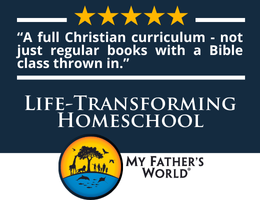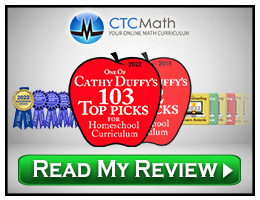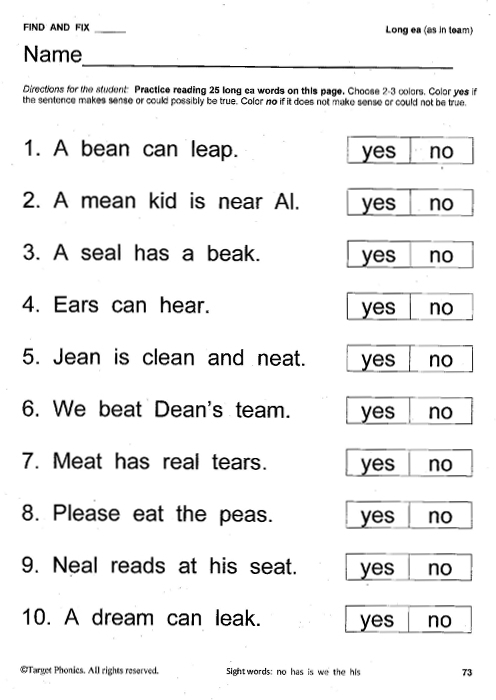Phonics Practice Made Easy and Fun is a set of two workbooks that reinforce phonics and teach basic reading comprehension. You can use these to supplement other phonics programs that provide instruction for phonics and reading. Workbooks can be purchased individually, and you are given permission to copy pages for one family or classroom.
Workbook A provides practice with words with short vowels, long vowels, consonant digraphs, and r-controlled vowels. Students should already have reached the stage where they can read three- and four-letter short-vowel words before starting it.
Workbook B continues with words with vowel digraphs (e.g., ea, ie, ei, and oi), special consonant sounds (e.g., nk, soft g, and kn), w-controlled vowel combinations (e.g., wa and wo), and word endings or middle syllables (e.g., ed, al, le, tion, sive, and ture).
The workbooks have about 240 pages each, with a few pages serving as an answer key at the back of each book. Every page has ten phrases or sentences with two response boxes as in the image above. Many pages ask students to “Color yes if the sentence makes sense or could possibly be true. Color no if it does not make sense or could not be true.” Examples of sentences on these pages are, “Ham is in the pan” and “Ask the jam.” (Workbook A, p. 5). Other pages present words or phrases then ask students to pick the best answer from two options in the boxes. Examples of this type of exercise from Workbook A, p. 2 are, "Al sat in it,” with the two choices sad and van, and “The last man,” with the options Sam and can. Pages are grouped by phonetic sounds, and you can see that all of the above examples are for practicing words with the short-a sound.
Workbook B advances in both phonetic difficulty and the level of vocabulary. For example, on page 157, students practice words with ch as in chef. Some sentences on this page are, “The frog has a mustache,” “Dogs play charades,” and "Chiffon is a sheer fabric.” The words mustache, charades, and chiffon are unlikely to be in the average first or second grader’s vocabulary. This section seems to have more difficult vocabulary than the rest of the book, and you will need to watch to make sure the practice lessons you assign are appropriate for your students.
Instructions say that students are to color in the correct box for each response, and the author suggests that they choose two or three different colors to use for each lesson to allow some creative expression. This coloring aspect tells me that the author’s intent is that these books be used with children in the primary grades. If you use them with older students, circling answers with a pen or pencil rather than coloring will probably be more appropriate.
At the top left of each page, it says, “Find and Fix ____ .” This is used by the parent or teacher. Rather than marking each response correct or incorrect, the parent or teacher counts the total number of errors and writes that number on the Find and Fix line. Students are to try to find that number of errors and fix them on their own. You can see how this approach can enhance the lessons, but if students are unable to spot their errors, you should reteach and monitor as students try again.
I think Phonics Practice Made Easy and Fun might be especially useful with resources like Noah Webster’s Reading Handbook, Alpha Phonics, and Phonics Pathways which do not have their own workbook component. These workbooks might also be useful for remedial work with older students who have had instruction in phonics but struggle with decoding and comprehension.










